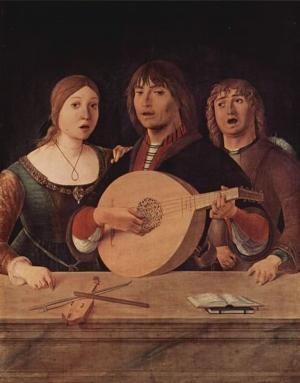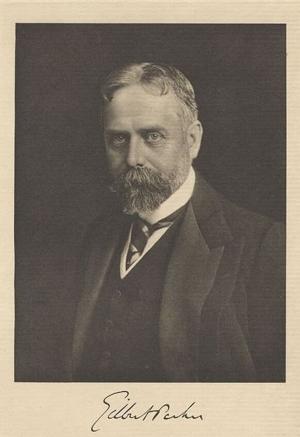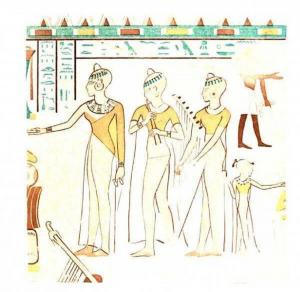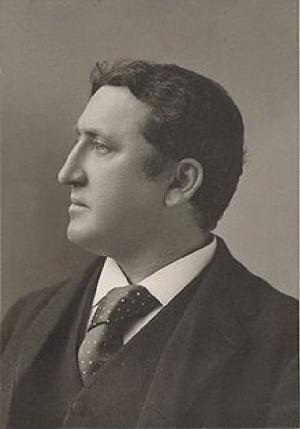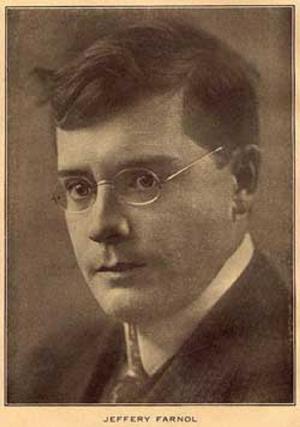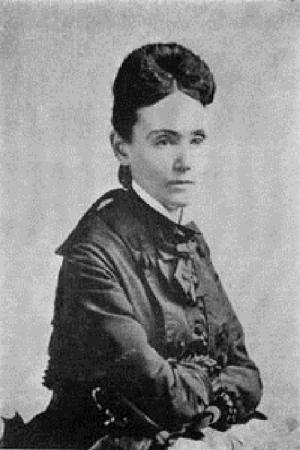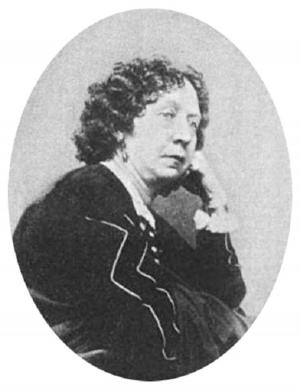The Effects of Cross and Self-Fertilisation in the Vegetable Kingdom
Nonfiction, Science & Nature, Science, Biological Sciences, Evolution| Author: | Charles Darwin | ISBN: | 9781455390120 |
| Publisher: | B&R Samizdat Express | Publication: | December 15, 2009 |
| Imprint: | Language: | English |
| Author: | Charles Darwin |
| ISBN: | 9781455390120 |
| Publisher: | B&R Samizdat Express |
| Publication: | December 15, 2009 |
| Imprint: | |
| Language: | English |
The Introductory Remarks begin: "There is weighty and abundant evidence that the flowers of most kinds of plants are constructed so as to be occasionally or habituallycross-fertilised by pollen from another flower, produced either by the same plant, or generally, as we shall hereafter see reason to believe, by a distinct plant. Cross-fertilisation is sometimes ensured by the sexes being separated, and in a large number of cases by the pollen and stigma of the same flower being matured at different times. Such plants are called dichogamous, and have been divided into two sub-classes: proterandrous species, in which the pollen is mature before the stigma, and proterogynous species, in which the reverse occurs; this latter form of dichogamy not being nearly so common as the other."
The Introductory Remarks begin: "There is weighty and abundant evidence that the flowers of most kinds of plants are constructed so as to be occasionally or habituallycross-fertilised by pollen from another flower, produced either by the same plant, or generally, as we shall hereafter see reason to believe, by a distinct plant. Cross-fertilisation is sometimes ensured by the sexes being separated, and in a large number of cases by the pollen and stigma of the same flower being matured at different times. Such plants are called dichogamous, and have been divided into two sub-classes: proterandrous species, in which the pollen is mature before the stigma, and proterogynous species, in which the reverse occurs; this latter form of dichogamy not being nearly so common as the other."



